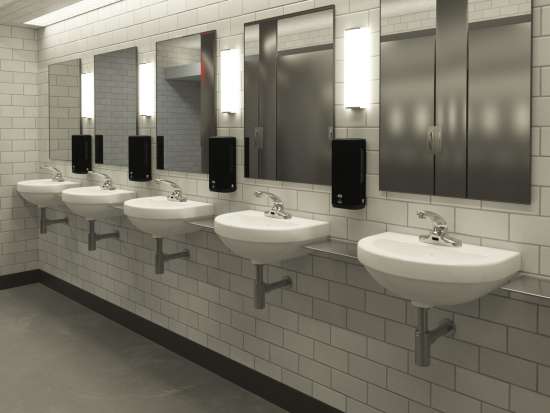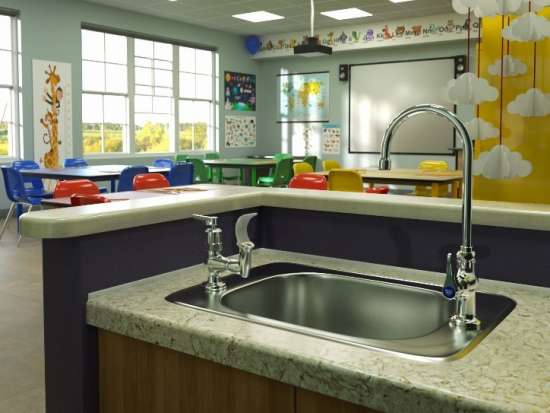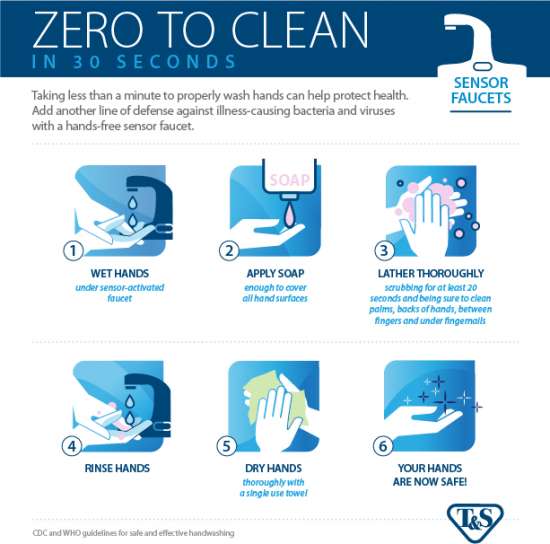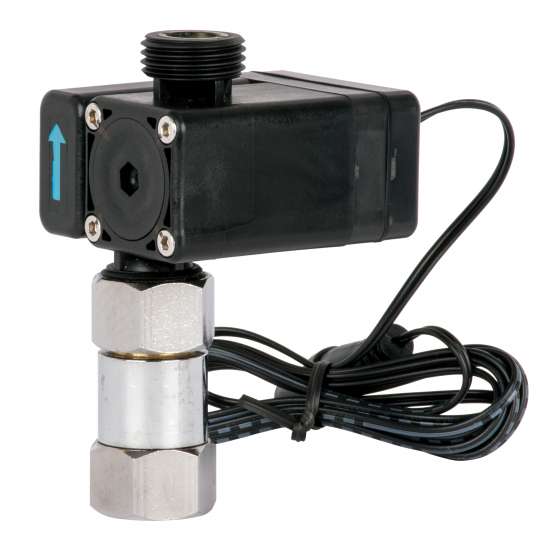Handwashing in schools | Preparing for students’ safe return
Articles

Amid the threat of COVID-19, states, localities, school districts and independent schools across the U.S. are considering if, how and when to reopen schools for traditional classroom instruction.
Ensuring a safe environment for students and staff involves many complex considerations - among them how to provide adequate spacing in crowded classrooms, how and whether to share equipment as in science labs or physical education classes, and how to safely provide for basic needs like food and restrooms.
Safety measures like social distancing and regular cleaning are important components of many schools' plans - as is handwashing.
As public health organizations and officials tout the importance of regular, effective handwashing in combatting the spread of germs like coronavirus, schools - like other types of public facilities - may be looking for solutions to support proper hygiene among students and staff.
The most effective approach to address hygiene needs may be as varied as school facilities themselves, but T&S is ready to help with easy-to-install, easy-to-use products that are made to stand the test of time (and teenagers).
Prepping for change
Schools may deploy a variety of tools and approaches to facilitate better, easier access to handwashing. Here are five ideas for possible improvements:
1. Increase handwashing capacity
Regulations vary by state and by age group, but most building regulations require schools to have a lavatory available for every 25 to 50 students. Depending on the day's schedule, how many students are in attendance and other possible factors, schools may find they want to increase the number of sinks to make hygiene more accessible.
Portable hand sinks may be an easy option for quickly adding capacity and improving convenience in, near or even far away from bathrooms. And they can often be outfitted with hands-free sensor faucets for an even cleaner experience.
2. Switch to sensor faucets
Speaking of sensor faucets - one step to boosting cleanliness that has gained significant momentum is switching to sensor-operated faucets. These hands-free fixtures improve hand hygiene and overall cleanliness of the restroom by eliminating frequently contacted touchpoints.

Additional features like auto shut-off ensure water can't be left to run, avoiding flooding or the wet environments sometimes caused by students splashing and playing in sinks.
If a school prefers manual faucets in some or all applications, consider antimicrobial handles that prevent the growth of microorganisms on handle surfaces.

Regardless of preferred style, selecting commercial-grade faucets will provide reliability and durability under the heavy use and abuse that is common to schools.
3. Install sanitizing stations
While washing with soap and water is the preferred method for cleaning hands, hand sanitizer is an acceptable substitute when soap and water handwashing is not available, according to the CDC.
Installing sanitizing stations at entrances, along hallways or in cafeterias may increase opportunities for ridding hands of germs.
4. Promote proper handwashing technique
A handwash is only as good as its technique. A U.S. Department of Agriculture study found that 97 percent of people fail to wash their hands correctly, with the most common mistake being not washing hands long enough.
These handwashing guides for both manual and sensor faucets from T&S are easy to print and hang in restrooms. Based on handwashing guidance from the CDC, these guides serve as a cue for users to focus on their form and encourage the recommended 20 seconds of washing.

5. Attend to restroom maintenance
Non-working or poorly functioning faucets can be a major deterrent to proper handwashing. Keep faucets in good working order by attending to regular preventive maintenance.
Facilities can reduce maintenance needs on sensor faucets further by hardwiring faucets or installing hydrogenerators, which harness the flow of water to power the faucet. Both options eliminate regular battery changes that are needed to keep faucets operational.

T&S has been a proud supplier of educational facilities for decades. See all the ways we support schools here, or contact us today for more information on outfitting school buildings.







